Author: Marion Stanton
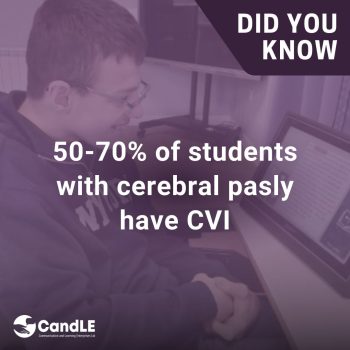
What is CVI?
CVI is the most common cause of visual impairment in children. Cerebral Visual Impairment is sometimes known as Cortical Visual Impairment, but this is in fact a sub-type of cerebral Visual Impairment.
50 to 70 % of children with cerebral palsy will also have CVI and the same statistic is true for students who have complex communication needs, many of whom will be needing Augmentative and Alternative Communication (AAC) to support them to communicate.[i][ii]
CVI is caused by damage to the brain rather than damage to the eye and cannot be detected by normal eye tests. Instead, practitioners need to study visual behaviour to conclude that CVI is likely or almost certain to be present.[iii]
Finding out if a child has CVI.
One of the most serious issues for students who have CVI is the lack of awareness of the condition often leads to late diagnosis with a resultant loss of opportunity for intervention.[iv]
Some of the characteristics of CVI include:
· Vision fluctuates from day-to-day.
· Strong colour preference, often red or yellow.
· Need for movement which helps the viewer to see.
· Gazing at light, sometimes seemingly without purpose.
· Difficulty seeing things against patterned or other complex backgrounds.
· Difficulty seeing things at a distance.
· Lack of blink when an object approaches.
· Appearing to prefer or have improved vision for familiar objects.
· Difficulty looking and touching at the same time.[v]
The CVI Range Assessment can be used to identify an individual profile and the severity of their experience of CVI.[vi]
Interventions for CVI
Here are a range of strategies from the Nevada Duel Sensory Project https://www.unr.edu/ndsip/english/resources/tips/cortical-visual-impairment :
- Use simple cues (e.g., touch cues, object cues).
- Avoid figure-ground clutter.
- Use repetition & familiar routines.
- Avoid extra, unnecessary stimulation.
- If possible, pair visual information with other sensory cues.
- Do not over-stimulate the child with visual clutter.
- Be aware of visual preferences.
- Allow the child to avoid visual gaze if necessary.
- Be aware of other “drains” on energy.
- If needed, adapt the setting to reduce noise clutter, over-stimulating lighting, & other distracters.
- Sometimes moving an object will help the child to see the object better.
- Use real objects rather than abstract symbols (e.g., an orange vs. a circle).
- Use active rather than passive learning.
- Five environmental areas that can be changed to encourage children to use their vision:
- Colour (bright vs. bland)
- Contrast (high vs. low)
- Lighting (use lighting cues–e.g., shining a flashlight on an object)
- Space/Distance
- Time (wait!)
The research paper at the following link provides a useful overview of the research into various interventions for CVI:
https://cviscotland.org/mem_portal.php?article=485
What CandLE can do to help.
At CandLE our staff are all trained in the support needs of students who experience CVI. We can work with schools, families, and students to identify colour preference for communication and learning so that their access through vision is optimised. Here are some examples of solutions we have found work for some students. Note the very different designs as each student’s needs differ so it is essential to trial a range of options until the most effective contrasts are identified.
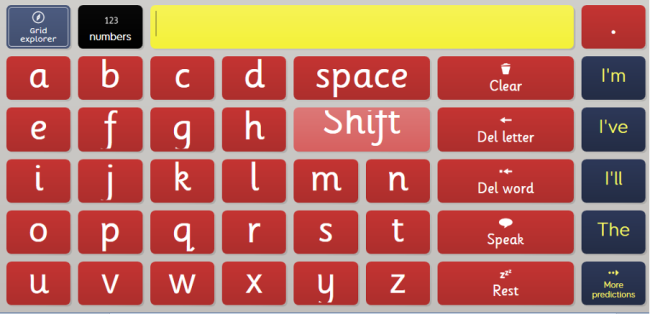
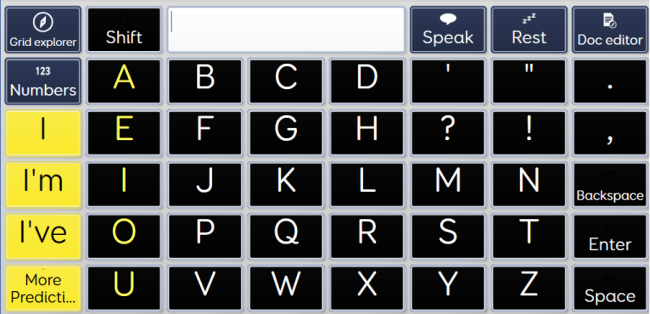
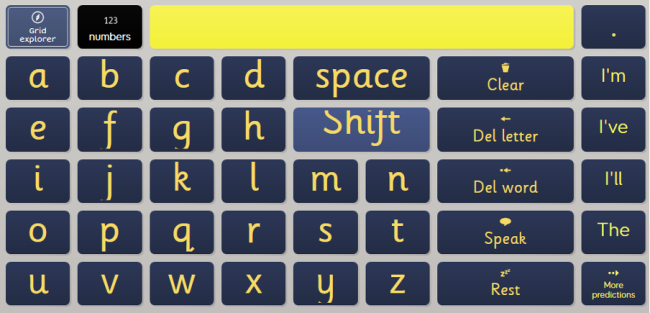



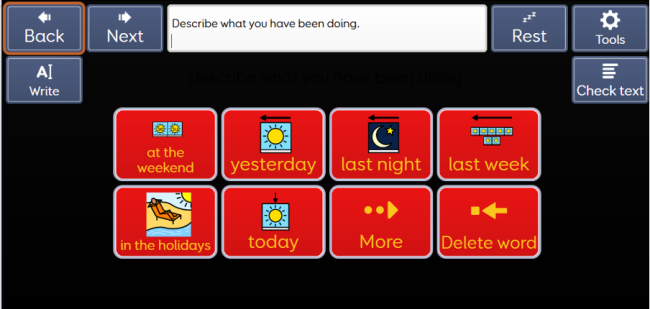
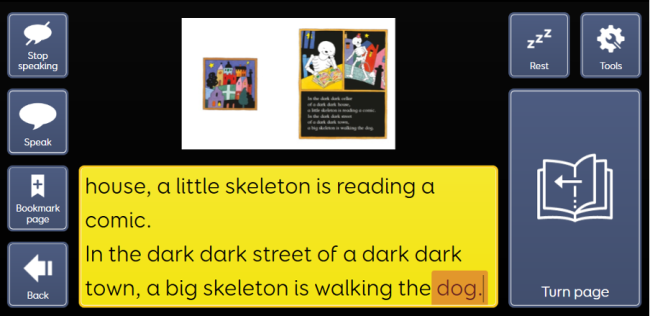
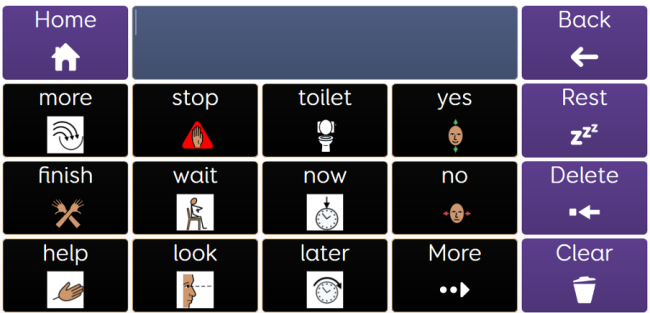
Further Support
Here are some links to places where it is possible to have a CVI Range Assessment in the UK and/or receive other support:
https://infocus-charity.org.uk/events/other/cvi-range-assessments/
https://www.nhs.uk/conditions/vision-loss/
https://anchorcenter.org/cvi-center/
https://www.moorfields.nhs.uk/cvi-and-preventable-sight-loss-indicator
https://www.dorsetcouncil.gov.uk/-/functional-vision-assessment
https://cviscotland.org/mem_portal.php?article=513
https://www.northumberland.gov.uk/Children/Needs/Sensory.aspx
https://www.teachingvisuallyimpaired.com/cerebral-visual-impairments.html
[1] Blackstone, S., & Roman-lantzy, C. (2023). Children with CVI and Complex Communication Needs. August, 65–109.
[1] https://www.communicationmatters.org.uk/what-is-aac/
[1] Blackstone, S., Luo, F., Michael Barker, R., Casella, V., Roman-Lantzy, C., Sevcik, R. A., & Romski, M. (2022). Profiles of Children With Cortical Visual Impairment Who Use Augmentative and Alternative Communication: A Retrospective Examination. American Journal of Speech-Language Pathology, 31(6), 2707–2721. https://doi.org/10.1044/2022_AJSLP-22-00130
[1] Oliver, H., Seccurro, D., Dorich, J., Rice, M., Schwartz, T., & Harpster, K. (2023). “Even though a lot of kids have it, not a lot of people have knowledge of it”: A qualitative study exploring the perspectives of parents of children with cerebral/cortical visual impairment. Research in Developmental Disabilities, 135(January), 104443. https://doi.org/10.1016/j.ridd.2023.104443
[1] Blackstone, S., & Roman-lantzy, C. (2023). Children with CVI and Complex Communication Needs. August, 65–109.
[1] Chang, M., Roman-Lantzy, C., O’Neil, S. H., Reid, M. W., & Borchert, M. S. (2022). Validity and reliability of CVI Range assessment for Clinical Research (CVI Range-CR): A longitudinal cohort study. BMJ Open Ophthalmology, 7(1), 1–8. https://doi.org/10.1136/bmjophth-2022-001144
